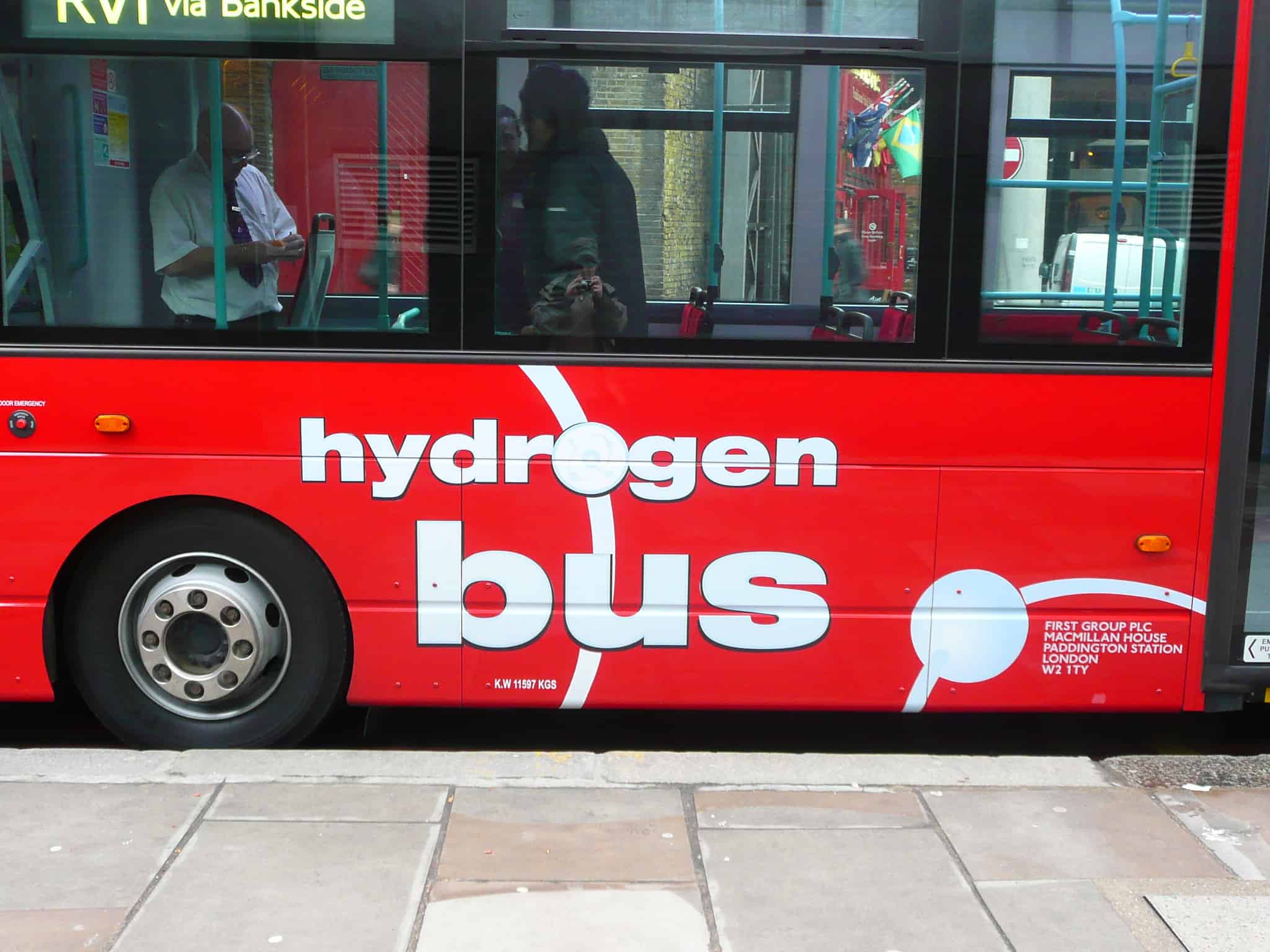DUBAI: The UAE has the foundations and competitive advantages to become one of the largest producers of low-carbon hydrogen in the world, a report said.
The report, ‘The United Arab Emirates’ Role in the Global Hydrogen Economy’, details the importance of hydrogen as a potential fuel of the future and the UAE’s strong start in leveraging existing assets to position itself at the forefront of the market.
The report has been authored by Dr. Julio Friedmann, a Senior Research Scholar at the Centre on Global Energy Policy at Columbia University SIPA, and Robin Mills, CEO of Qamar Energy and a non-resident fellow at the Arab Gulf States Institute in Washington D.C,
Hydrogen is expected to play a critical role as an enabler of international decarbonisation and sustainable development strategies, and the global transition to lower-carbon energy sources. It is predicted to account for as much as 18 percent of global energy demand by 2050, with over 30 countries having released hydrogen roadmaps and more than 228 large-scale projects underway across the hydrogen value chain, according to the Hydrogen Council. Tapping into this emerging demand represents a significant opportunity for global energy players.
In the UAE, ADNOC with its many announcements related to hydrogen and its carrier fuels, demonstrate that progress is already being made. Recently the company announced the sale of three blue ammonia cargos to customers in Japan as well as plans to develop a new one million tonne per annum blue ammonia plant at TA’ZIZ in Ruwais.
The UAE is pursuing a balanced strategy covering both blue and green hydrogen, with blue hydrogen being easier to scale up and is therefore crucial to supporting the growth of the emerging global market.
Blue hydrogen refers to hydrogen produced from natural gas with the associated carbon captured and stored underground; while green hydrogen refers to hydrogen made from the electrolysis of water with renewable electricity and minimal CO2 emissions.
Blue hydrogen is currently lower cost and is considered an important step in the development of the low-carbon hydrogen economy. The cost of producing green hydrogen is, however, expected to fall over time.
According to the report, the UAE has considerable natural advantages, in addition to its existing infrastructure and production capabilities for both types of hydrogen. The UAE’s competitive blue hydrogen production is enabled by its abundant and competitive hydrocarbons, existing large-scale hydrogen and ammonia production facilities, and large-scale carbon capture and storage capacities, which ADNOC already possesses and continues to advance.
ADNOC is already a producer of over 300,000 tons per year of hydrogen in its downstream facilities, which is predominantly used for industrial purposes. The company has plans to increase its hydrogen production to 500,000 tons per annum and is progressing several new growth opportunities, particularly in blue ammonia.
This includes a new world-scale blue ammonia plant at TA’ZIZ, in Ruwais, and the sale of the first blue ammonia trial cargos to customers in Japan.
The production of both types of clean, low-carbon hydrogen are also further facilitated by the UAE’s strong existing infrastructure and export facilities, central geographic location between key markets, and stable, business-friendly environment, the report said.
UAE has advantage in leading global hydrogen market: Report

- UAE’s strong infrastructure, export facilities, geographic location key advantages.
- ADNOC is already a producer of over 300,000 tons per year of hydrogen in its downstream facilities.







